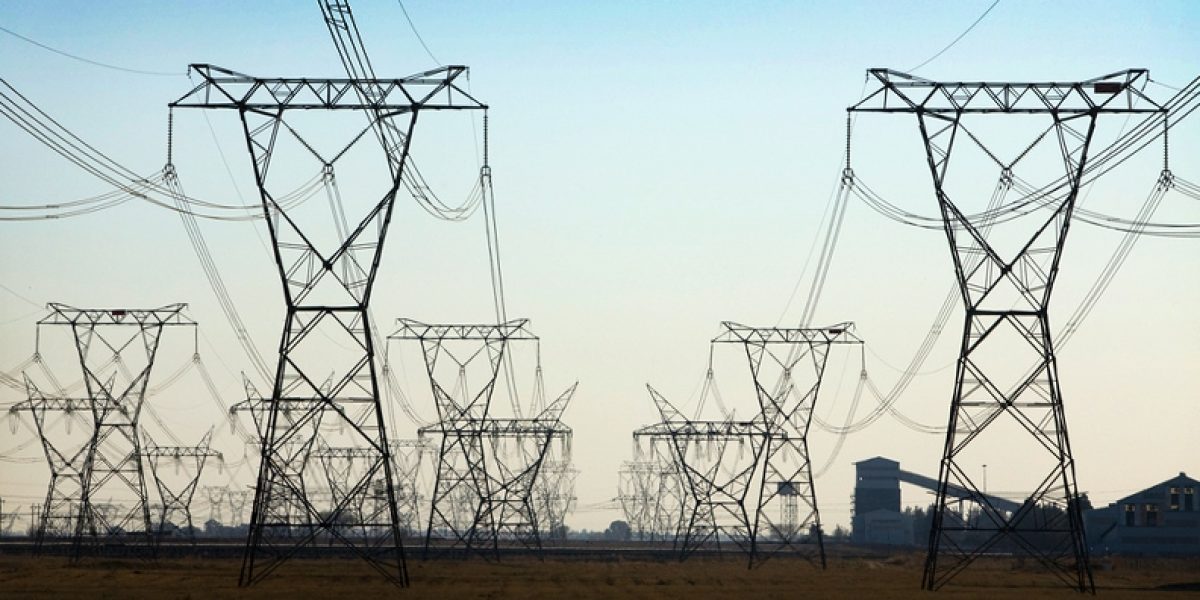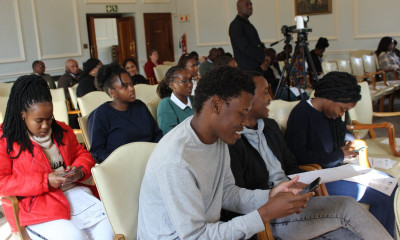SAIIA’s Agathe Maupin has contributed to this publication, focusing on South Africa’s energy challenges and the key lessons that could be derived from the G20 German presidency.
South Africa has a strong reliance on coal and this has made it a middle-income country with very high per capita emissions. As a former host of a Conference of the Parties on climate change (COP17 in 2011 in Durban), South Africa has enthusiastically started on a significant change of direction for its energy sector. For example, it introduced renewable energy actions under a Renewable Energy Programme led by the Department of Energy, the Renewable Energy Independent Power Producer Procurement Programme (REI4P).
While the country is has emerged as a regional leader in renewable energy, its initial appetite for renewables has seemed to slow down. This is partly because of slow economic growth rates which have meant that there is less funding available to invest in renewable energy initiatives. Additionally, renewables are just one of the efforts made by South Africa in its climate mitigation efforts, alongside carbon capture and storage.







